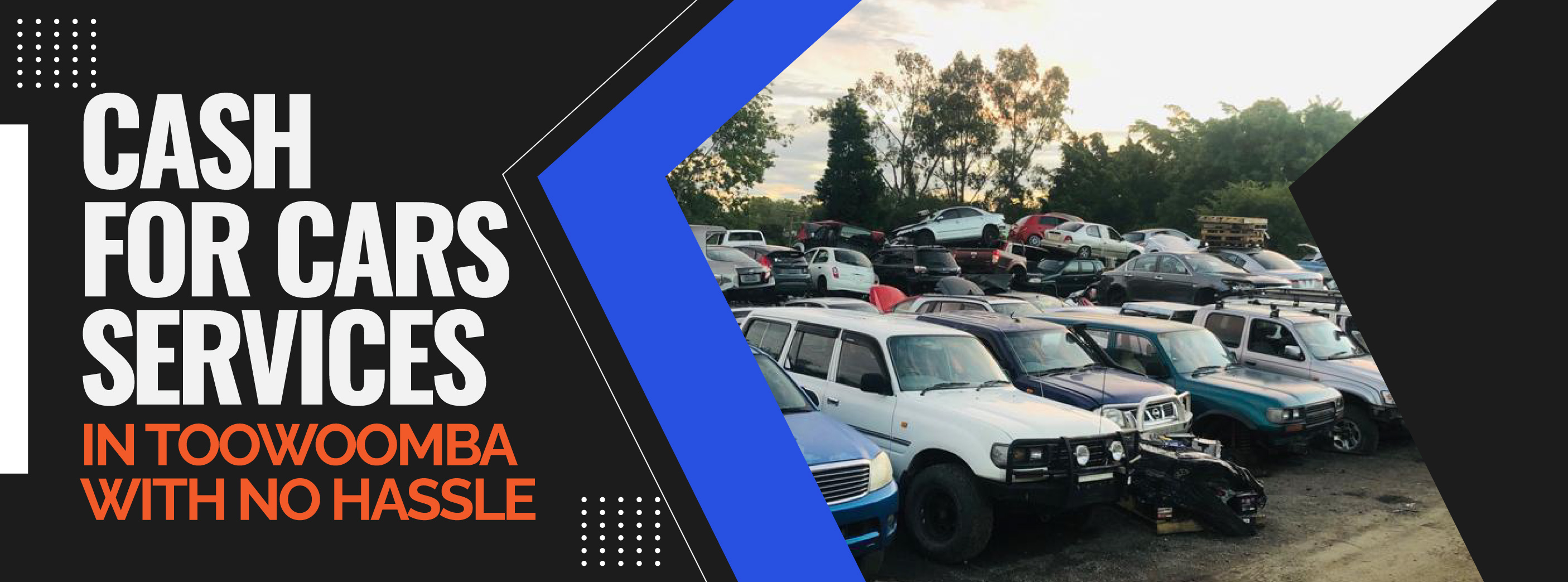
The automotive industry is a titan of economic activity globally, shaping economies and driving technological advancements. Yet, within this bustling sector lies a lesser-known secret: the enduring value of older vehicles. Many car owners view their aging automobiles as declining assets, but the reality is quite different. Beneath the worn exteriors and outdated models, these vehicles often hold significant worth, not just as functional machines but as repositories of valuable parts and materials. This article delves into how your old car, seemingly ready for the scrapheap, can still be a source of gold.
As cars age, their market value depreciates, but their intrinsic value does not necessarily follow the same downward trajectory. Key components like catalytic converters contain precious metals such as platinum, palladium, and rhodium, which remain highly valuable. Similarly, engines, transmissions, and even electronic modules can fetch substantial amounts when sold as parts. The auto recycling industry thrives by dismantling old cars and salvaging everything from doors to windshields, selling them to repair shops or directly to consumers online.
Moreover, for enthusiasts and collectors, certain models become more valuable over time. Classic cars or those with rare configurations often see an increase in value, turning old vehicles into desirable investments. This aspect of the car industry shows that the life cycle of a vehicle does not end at high mileage; instead, it transforms into different forms of value creation.
The 'cash for cars' model is a direct approach to tapping into the value of older cars. This service offers car owners a straightforward way to dispose of their old vehicles in exchange for money. It's a clear win for consumers, providing them with a hassle-free method to turn an unwanted car into cash. For the industry, it represents a continuous supply of raw materials and parts that can be recycled and reused, promoting sustainability.
The environmental benefits are significant. By recycling cars, the industry helps reduce the need for new raw materials, lowering the environmental footprint associated with mining and manufacturing. Economically, it supports a network of small businesses, including local repair shops and parts dealers, fostering a vibrant secondary market.
Case studies, such as that of a family who traded in their decade-old vehicle for a substantial sum, underscore the mutual benefits. These stories highlight not only the financial gain for the consumer but also the positive ripple effects throughout the automotive supply chain.
Technological innovations have dramatically affected how long cars remain functional and valuable. Modern diagnostic tools can pinpoint problems early, facilitating repairs that extend a car’s life. Additionally, aftermarket updates can breathe new life into old vehicles, such as upgrading infotainment systems or battery replacements in hybrid cars.
These advancements mean that older vehicles can remain on the road longer and maintain a higher value than might be expected. They also make it easier for owners to manage their vehicles' health, ensuring that cars not only last longer but also continue to provide economic value through avenues like the cash for cars programs.
Economic fluctuations often lead consumers to prioritize cost-effectiveness, bolstering the used car market. In regions experiencing economic downturns, the demand for affordable transportation solutions can lead to a surge in the popularity of older cars. Furthermore, global trade in used cars and parts has expanded, with developing countries importing significant numbers of used vehicles from wealthier nations.
These trends indicate a robust global demand for older vehicles, sustained by both economic necessity and the practical value of used cars and parts. This international dimension ensures that the market for old cars remains vibrant and capable of providing significant economic opportunities.
The enduring relevance of older cars in the modern industry is clear. They offer not just a means of transportation but also an opportunity for economic gain through cash for cars services with free removal. For car owners, this represents a viable option to capitalize on an asset they might have considered nearly worthless. As the automotive industry continues to evolve, the role of older cars seems set to remain significant, proving that even an old car can indeed still be gold.




